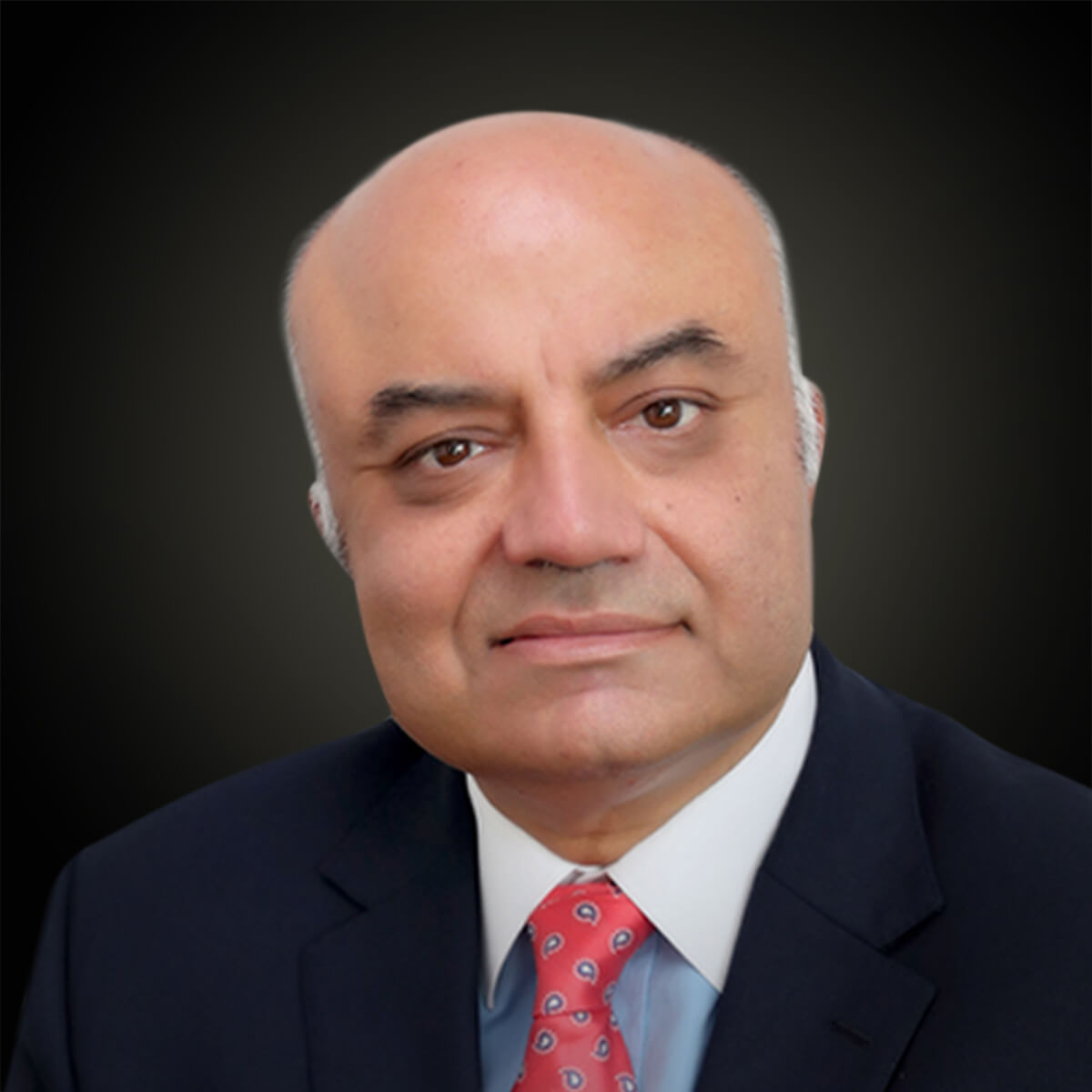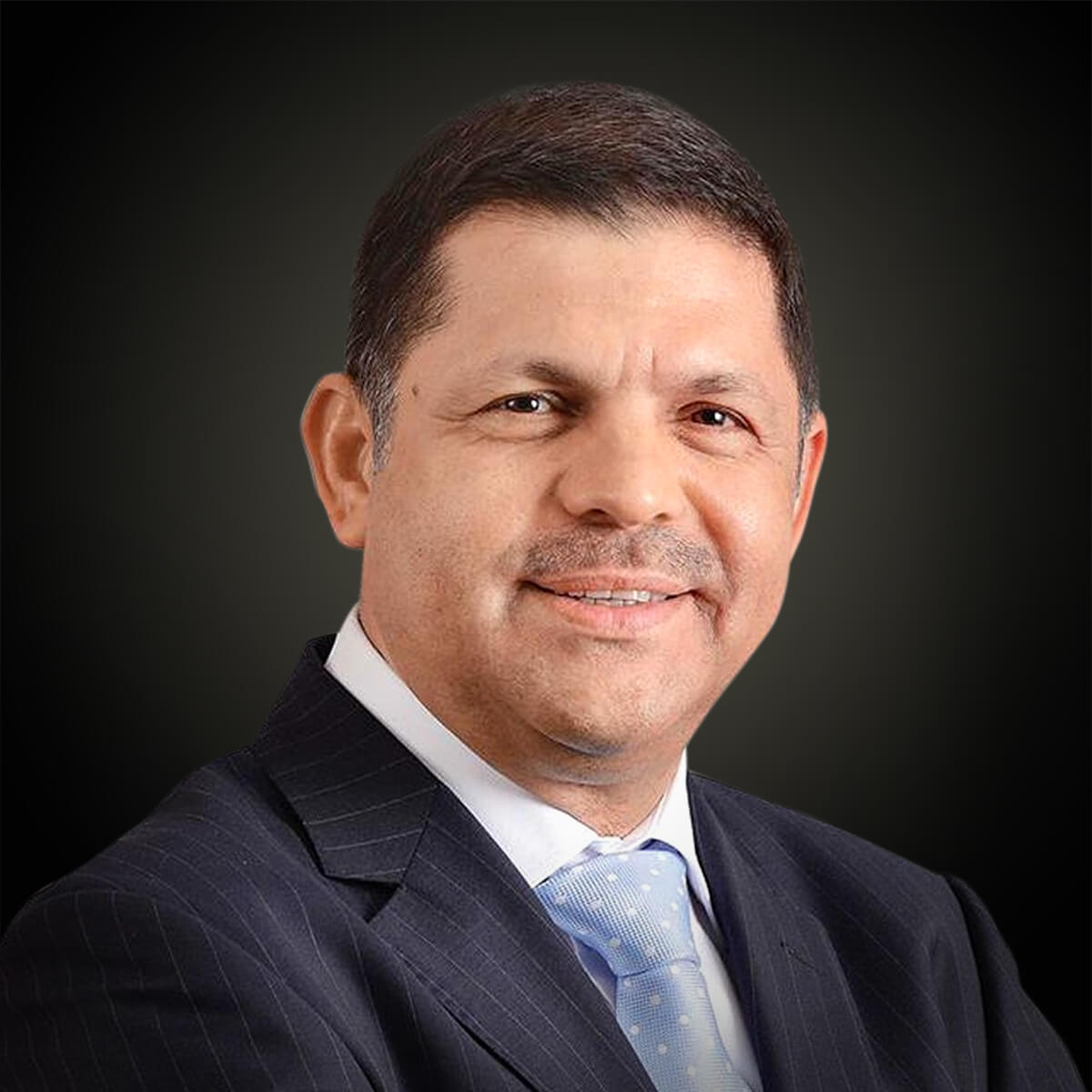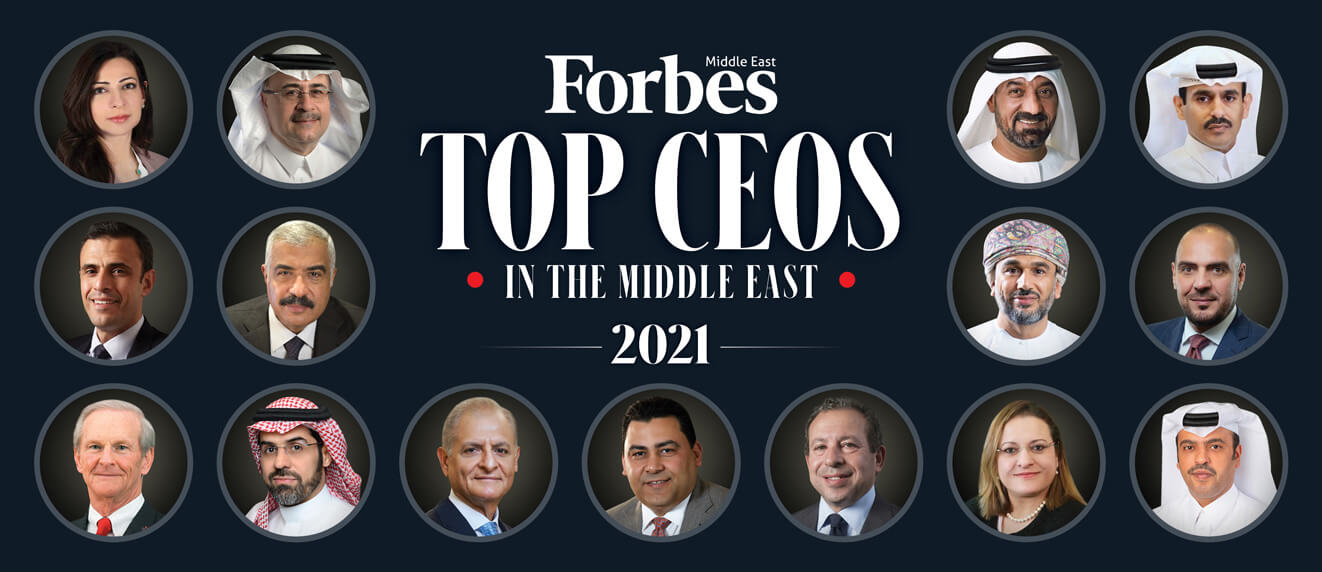June 16, 2021
Top 50 Banks in The Middle East
Banking and finance is a vital sector for global economies. It is through banks that governments control monetary policy and inflation, and inject stimulus into the markets. When the pandemic hit last year, banks made sure that economies stayed afloat by using measures like postponing loan payments, restructuring debt, and lending to key sectors. These measures helped cushion the economic downturn.
As of June 6, 2021, the banks that feature on Forbes Middle East’s list of the “Top 50 Banks In The Middle East” had a total value of $513.6 billion and assets worth $2.5 trillion. That is more than three times the GDP estimate of Saudi Arabia, the region’s largest economy.
Three of the top four banks and five of the top 10 banks have achieved their scale due to mergers. The region’s banking industry is in the midst of a consolidation phase, where some of the largest banks are merging to create larger banking groups. By doing this, banks reduce competition and increase their expertise. In 2019, ADCB merged with Union National Bank and Al Hilal Bank to form the ADCB Group, which is the UAE’s third largest bank. In 2020, Dubai Islamic Bank, which was already the largest Islamic bank in the Emirates, merged with Noor Bank. And in March 2021, Saudi’s National Commercial Bank announced a merger with Samba, which will create one of the most valuable banks in the region.
With 10 entries each, Saudi Arabia the U.A.E. have the most banks on the list, followed by Qatar with eight, and Kuwait with six.
Methodology
We collected data from the listed stock exchanges in the Arab world and ranked companies based on:
• Market value (calculated as of June 6, 2021)
• Sales
• Assets
• Profits




















































